Electric car chargers are the trending technology changes in todays time. Electric vehicle charger3 are already being very competitive in terms of autonomy and recharging times. But the lack of standards in chargers is a weight that continues to slow the advance of the sector and diminish possibilities for users. Imagine that you arrive at a gas station to refuel and the nozzle of the pump does not fit in your car, forcing you to travel kilometers until you try your luck at the next one. This is exactly what has happened in the electric vehicle sector. Diversity of incompatible options that, without a doubt, can make your life impossible.
To understand this problem, it is necessary to pay attention to how the evolution of electric chargers has been and what are the latest initiatives to standardize the technology.
What types of connectors are there?
In order to know in detail the types of connectors currently on the market, we must pay attention to the categorization according to charging modes established by the International Electrotechnical Commission through its standard IEC 61851. We can distinguish between four different modes:
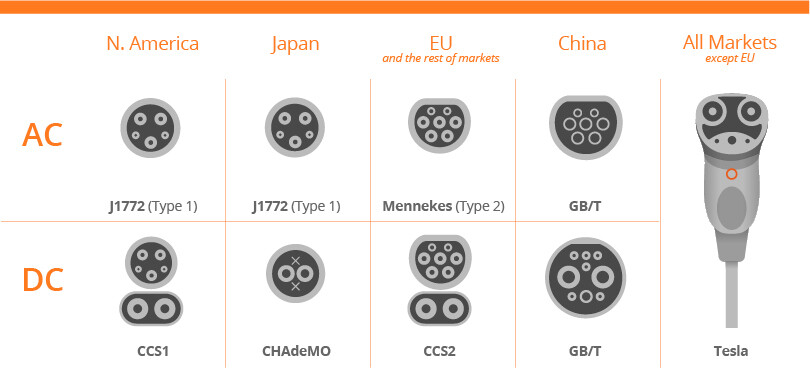
- Mode 1: defines a charging mode in Alternating Current (AC) mainly intended for small devices. It is not currently applied in the context of electric vehicles.
- Mode 2 – Trickles AC charging from a household outlet and was designed on a temporary basis until new charging methods are developed and popularized.
- Mode 3: This is an AC load designed for everyday use. It also includes a communications connection in such a way that there is control over the load. This mode implies a semi-fast charge, with a power between 15 and 40 kW.
- Mode 4: this method is carried out in Direct Current (DC) and allows very high charging speeds at power equal to or greater than 40 kW.
According to these charging modes, an entire industry has been generated around it with various connector designs that have been created by each company. In the search to differentiate itself from the competition , different incompatible designs have been progressively developed between different regions . And, as expected, each one bets on his own.
Various incompatible connector designs have been developed that strive for market dominance.
Among the various connector options, German and North American producers came together to create the Combined Charging System (CCS) as a standardized system that includes the joint option of AC and DC charging. A system was created that allows, with a single connector, to charge vehicles in AC or DC. Within the CCS, the Combo 1 types for the US and Combo 2 for Europe were developed, the fundamental difference of which is that the Combo 2 allows three-phase connection. It is a widely established international standard that has made it possible to glimpse a certain consensus for some years, at least in the case of Europe.
However, despite these international standardization initiatives, there are other very widespread connectors such as CHAdeMO, which is the Japanese standard for fast charging in direct current installed by vehicles like those of Nissan (Toyota, for example, currently does not have vehicles with fast charge). Supports up to 200 A of current intensity (for ultra-fast recharges). Furthermore, the CHAdeMO standard has also made a strong entrance into China in recent years despite the existence of the Chinese Guobiao GB / T standard.
Thus, it seems clear that if we are planning to buy an electric car with chargers we are going to have to be aware of what type of connector is the most widespread in our region. Currently, the most popular connectors use charging mode 3 for AC and mode 4 for DC . Some of the most common connectors for specific use in electric vehicles are the SAE J1772, also known as the J Plug, the IEC 62196 Type 2 connector (popularly known as Mennekes ), or the combined single connector CCS proposal . In addition, the GB / T connector is widely spread as a Chinese bet, and the Japanese CHAdeMO standard has also established itself as a successful alternative and increasingly accepted and implemented in recent years.
And this diversity of connectors, of course, implies in turn a diversity of technical characteristics according to the specifications of each one of them. They are summarized below in a comparative way:
| CONNECTOR | RATED CURRENT | LOADING SPEED | NO. OF TERMINALS | CONNECTION | TENSION |
|---|---|---|---|---|---|
| SAE J1772 | 20 A, 32 A | Slow / Fast | 5 | Single phase | Alternate |
| MENNEKES | 20 A, 32 A | Slow / Fast | 7 | Single-phase / Three-phase | Alternate |
| CHAdeMO | 125 Acc | Fast | 4 | Single phase | Keep going |
| CSS-Combo 1 | 125 Acc | Fast | 7 | Single phase | Keep going |
| CSS-Combo 2 | 32 A, 200 Acc | Fast | 9 | Single-phase / Three-phase | Continuous / Alternate |
| GB / T AC | 20 A, 32 A | Fast | 7 | Single-phase / Three-phase | Alternate |
| GB / T DC | 250 Acc | Fast | 7 | Single phase | Keep going |
Compatibility: where can you charge your car?
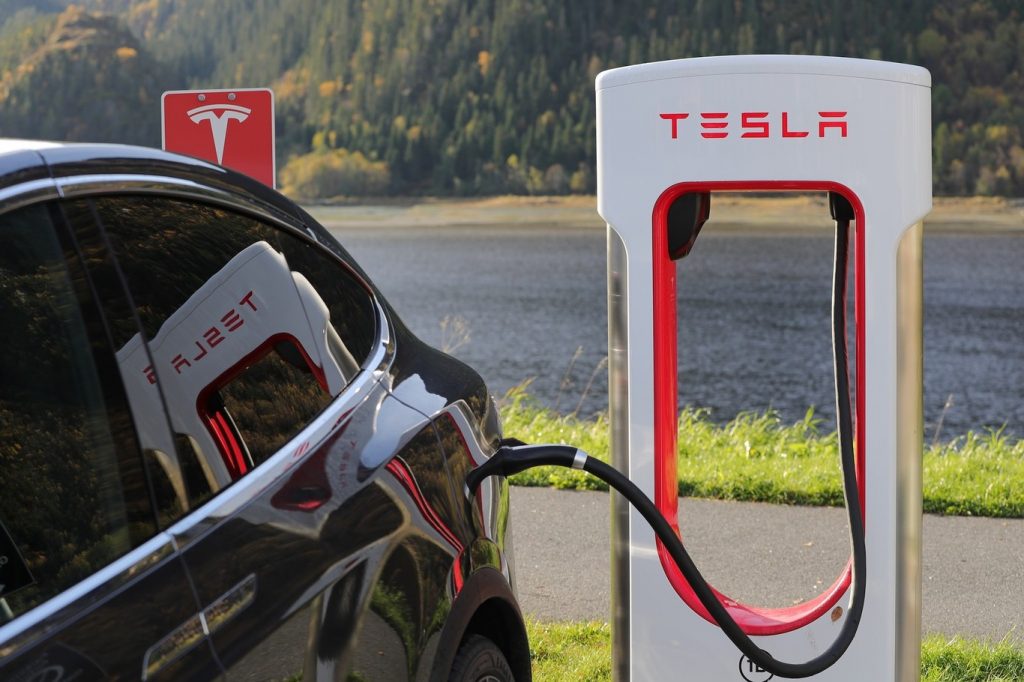
Just as an iPhone user is restricted to only being able to charge with its specific connector, in the electric vehicle industry we see how there are different standards depending on the manufacturer of your vehicle. Although, in this case, the situation can become somewhat more complicated. It is as if the nozzles of the gasoline pumps had different geometric shapes and there was only availability of one or the other depending on the gas station you go to. Obviously, the solution would not be to fill our car with each and every one of the connection options (increasing costs in the industry and in the final prices of the vehicle and services), but rather to try to find a standard.
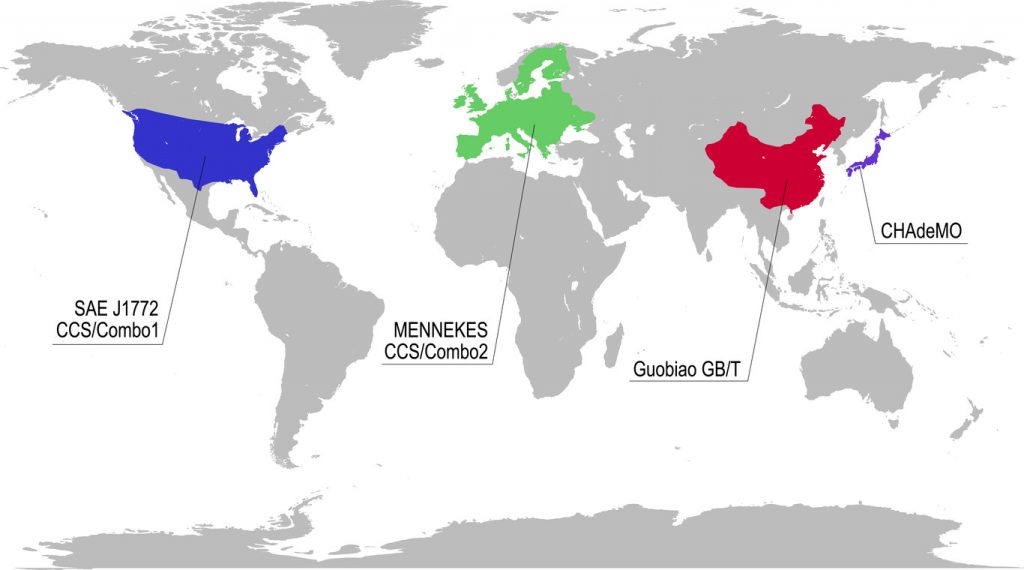
According to Reuters data collected in 2018, it is estimated that there are more than 7,000 CCS charging points of which approximately half are distributed throughout Europe. Also in Europe and Japan, more than 16,500 charging points compatible with the CHAdeMO system are distributed, as well as more than 8,400 Tesla Superchargers. But, of course, if we talk in terms of numbers, the more than 120,000 charging points with GB / T system that are found throughout China will always win.
Depending on the car you have, you can load it with one system or another, although the most normal thing is that the same vehicle admits several types of connectors . In the case of those mentioned, for example, the SAE J1772 connector, which has a North American standard and which is very rare to see in other countries, is compatible with the electric models of Opel, Nissan, Mitsubishi, Ford, Toyota, Citröen and KIA. The Mennekes, on the other hand, has compatibility with models from BMW, Renault, Volvo, Volkswagen, Daimler (Mercedes-Benz), Porsche, and Tesla. CCS-type connectors, on the other hand, are included in Audi, BMW, Volkswagen, Porsche or Daimler models.
Thus, we see how each manufacturer has been betting on a different standard fundamentally conditioned by how accepted they are according to the region in which they operate. A limiting factor when it comes to having a single charger standard is in the characteristics of the electricity supplied by each of the electrical systems.
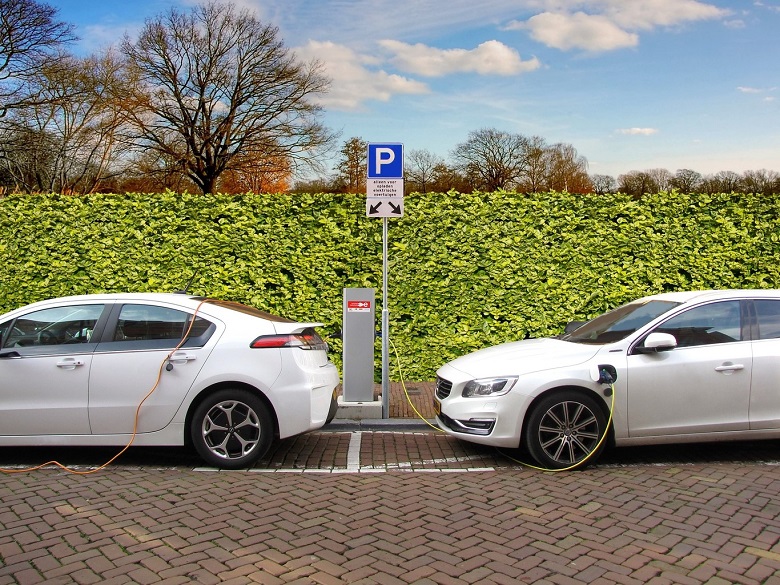
It is not an unknown fact that the levels of frequency and normalized voltages that the user receives vary in different parts of the world , being 230 V at 50 Hz in countries of European influence and 110V at 60 Hz in countries with American influence. It seems clear that, in this sense, at least Europe agrees on the standardized use of the Mennekes connector for AC loads and the CCS for fast DC loads.
But globally the situation remains similar. Not only that, but also private companies like Tesla have chosen to invest in their own infrastructure of superchargers as a competitive advantage over other brands. Although initially the Superchargers were exclusive for Tesla vehicles, for some years now they have incorporated CCS standards envisaged for recharging the Tesla Model 3. This has also made it possible to open the service for electric car chargers of other brands.
Looking to the future: the most popular electric car chargers 6336 connector types
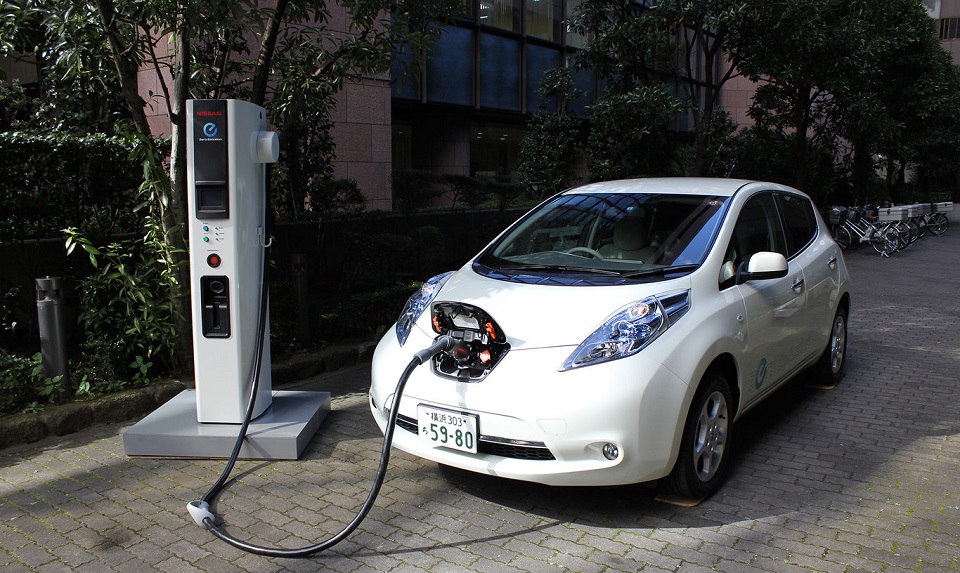
For the user, the electric vehicle still does not offer in many respects the same comforts as the traditional vehicle. And the list of drawbacks begins, as we have been talking about, with the recharging system. Users of traditional vehicles can refuel at any available gas station and continue their journey, while in the case of electric car it is conditioned not only by the shortage of recharging points but also by the compatibility of the connectors with our vehicle .
According to estimates made by the Swiss bank UBS , an investment of 294,000 million euros would be necessary in the next 7 years to build a global charging infrastructure that is capable of fueling the transition to electric car with chargers facilities. But, for this to be possible, it is necessary to further standardize technologies and avoid the extra costs that the current diversity of connectors would entail.
Currently, with a clear commitment to CCS combined charging systems, the development of 400 fast charging stations is planned to be implemented on the main roads of 18 European countries under the name of the Ionity network . This initiative is in charge of the manufacturers BWM, Volkswagen Group, Daimler and Ford, and it already has 240 stations in operation and another 48 in the construction phase. or activation. The deployment of the 400 fast charging stations that they had planned is expected by 2021.
However, the lack of a single standard that keeps the fight alive between the different players in the industry means that on many occasions redundant investments are made in infrastructures that only satisfy a part of the customers. In addition, considering a massive proliferation of the electric vehicle, the great diversity of connectors is a burden when it comes to convincing investors. Betting on a sector that does not agree ends up being expensive.
But there seems to be some light at the end of the tunnel. Although it seems that the user has to face a wide variety of connectors and know all their details, the reality is much simpler. For modes 1 and 2, actually, electric car with chargers will use the standard type of connector in each country. This is so because these modes do not have any type of communication between the electrical outlet and the vehicle. The standard Schuko plugs are used (or the standard of each place). Even Tesla, which a priori could be an exception to this, comes with adapters that allow adapting to these standards. From there, for fast charges in direct current, the most widespread standard is the CCS, and as specific exceptions we would find the specific Tesla connector or the CHAdeMO of Japanese cars.
It is still too early to know which of the standards will be imposed or if, as with wall plugs, each region of the world will continue to have its own standard. Meanwhile, everything indicates that Europe and the United States will continue to make a strong commitment to the Combo 1 and Combo 2 Combined Cargo (CCS) systems. From Japan, CHAdeMO seems to continue being the firm bet of the greats of the Asian automobile such as Nissan or Mitsubishi. Some private companies such as also make a large investment and bet on their technology, further complicating the panorama, although there are already precedents of how they have been forced to adapt to the majority standard of certain regions (such as Tesla and its adaptation to the CCS in Europe ).
Each and every one of them have their reasons for betting on their technologies and, a priori, the victory of any of them does not seem clear (nor if it makes sense to speak of a supposed victory). Let’s hope that during the next few years the situation will be clarified with the evolution of their strategies.